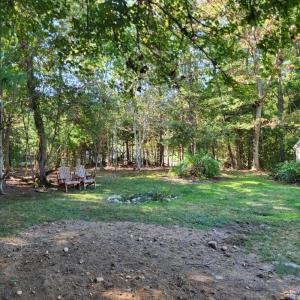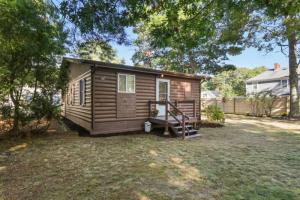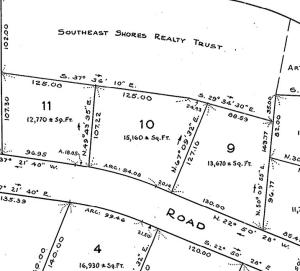Tri-Town schools respond to state reopening suggestions
Story Location
United States
Principals and superintendents at Old Rochester Regional School District and Old Colony Regional Vocational Technical School District don’t entirely know what school is going to look like next year — after all, the state only released its initial guidance to schools on June 25. But they are starting to put together the first details on class sizes, formats, finances and more.
Schools must include plans for three scenarios: In-classroom learning, remote learning, a hybrid of the two.
A hybrid model for students might involve coming up with A and B groups, and having each group come in for different half days, days, or weeks. The state suggested blocking off remote learning and in-person weeks might make childcare easier.
Schools will be provided with $225 per student by the state to help with coronavirus-related expenses. The state said families will be responsible for monitoring their student’s health and making the call on whether to go to school.
Despite wanting plans for in-school and hybrid models, the state emphasizes that “remote learning will continue to be a feature for many students this fall.”
Both Old Rochester Regional School District and Old Colony Regional Vocational Technical High School said the health and safety of their students is the first priority.
In a letter to community members on June 25, the ORR district also mentioned the importance of handwashing, and cleaning all frequently-touched surfaces often.
For the district’s youngest students, the state recommends Kindergarteners and first graders wear masks and requires them for second grade students and beyond. Face shields may be used for students who struggle with masks.
Sippican School Principal Marla Sirois said the district had submitted a first order for protective equipment so that if a student arrives without a mask, the school can provide one.
She said the SAIL summer reading program and summer school will give a good indication of how children handle masks.
The state said elementary schoolers should stay in the same group throughout the day, and middle and high schoolers minimize mixing as much as possible. The state also recommends students be spaced at least three feet away from each other, and optimally six feet away. The state did not set a maximum class size, as long as distancing can be met.
But spacing students out may require changing classroom setups or using spaces like libraries, auditoriums and cafeterias for classes.
Sirois said Sippican school has “lots of spaces that we use that we can convert,” to classrooms (like the cafeteria or multipurpose room). The Marion School Committee also held off on securing leases for the YMCA and Countryside Child Care to be able to use the rooms for classes.
At Rochester Memorial School, Principal Derek Medeiros said he is not concerned about space either.
“We acknowledge that there are likely to be more questions than answers at this time, and we will continue to communicate with you in the coming weeks and months,” Old Rochester Regional administrators said in a letter to the community.
Mattapoisett School Committee Chairperson Jim Muse said that whatever decision is made by the administrations, he hopes it is thoughtfully considered.
“All I care about is if it’s safe. Period,” said Muse.
When it comes to funding, Old Colony Superintendent Aaron Polansky said it is the school’s “responsibility to advocate in support of what we need... We have done that,” in the past, and also now. He is optimistic about what is ahead.
Spacing may be harder. The superintendent said that the state’s three foot distance recommendation “puts us in a limited position,” with how many students can come in.
Though Polansky acknowledges that “no one signed up for this,” the school has tools, such as a new virtual platform it invested in, that can make teaching the academic side of his curriculum easier.
On the shop side, “We want students to have materials in their hands and be working. That’s the goal of vocational education to begin with,” Polansky said.
Many of the shops are easier to distance in because the specialized equipment is already more than three feet apart. Students also work in smaller groups anyhow. An academic class may be 15 to 28 students, while a vocational class is usually only about 15.
In a recent community survey, students and their parents also expressed a preference for getting back into the vocational side of schooling, so Polansky and other administrators have said they will focus on that first and on students who may need extra support.































